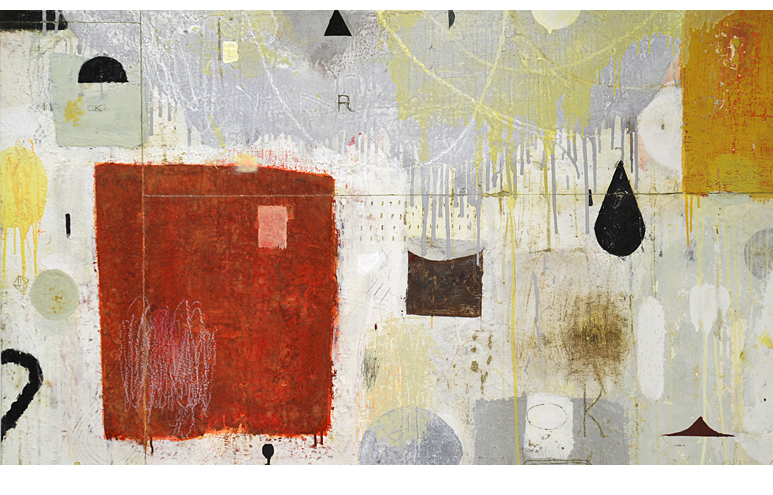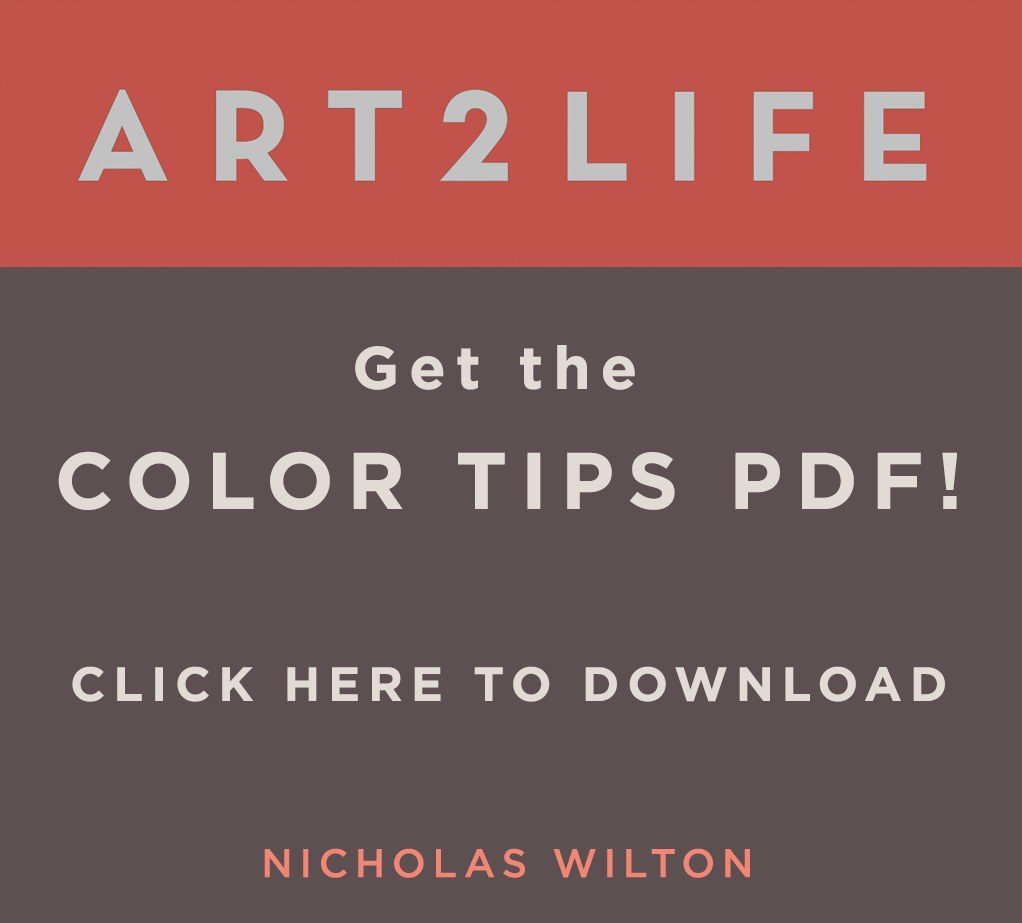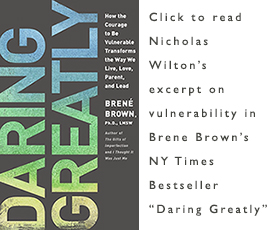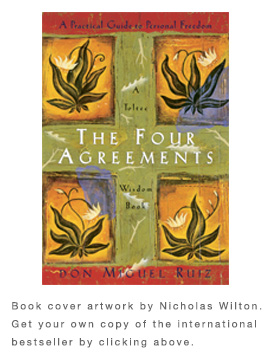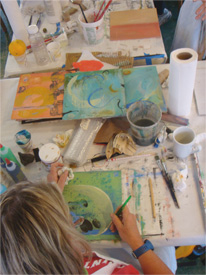How to Happily Make Art for Someone Else
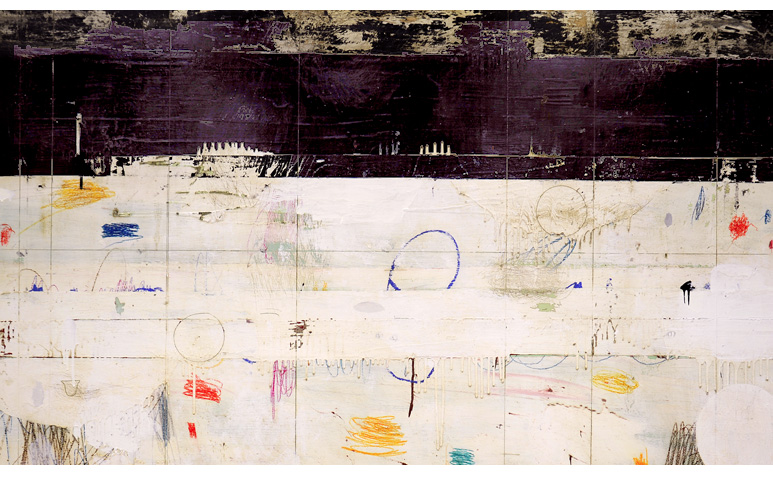 The wonderful thing about fine art is that you get to make what you want. Making Art at its best is unbridled personal expression, free of concerns for making it a certain way or pleasing anyone beside yourself. There are very few things one can do in life that carry such freedom.
The wonderful thing about fine art is that you get to make what you want. Making Art at its best is unbridled personal expression, free of concerns for making it a certain way or pleasing anyone beside yourself. There are very few things one can do in life that carry such freedom.
It is no surprise then, that when Art is made for someone other than yourself it becomes trickier. It could be a friend, an institution or a collector. Anyone peering over the shoulder of the artist, who has a vested interest in the outcome, can often make the creative process more challenging. It no longer becomes just about pleasing yourself, but becomes about pleasing others as well. If it seems hard sometimes to please yourself, then it becomes doubly so when others are on the sidelines waiting.
You might have guessed by now that I am mostly talking about commissions. Those projects that are often instigated by someone who has seen something you have made before, that they love. And of course it is no longer available, which makes it that much more desired. The only solution is for them to commission you to recreate it again – not as an exact copy, but something usually close.
The artist must now create in a different way. This new way of creating, this thinking is no longer solely the artist’s. It is easily affected by the wishes and concerns of the waiting patron. It can be very difficult to not think about the comments and concerns of the interested party who has possibly put thousands of dollars on your studio table. We all want to please. I know I do. Unfortunately this can stifle the creative process.
It seems so easy to point at something done previously, probably something done effortlessly and without particular thought, and think it can be remade again. This hasn’t been my experience. The second time around almost always becomes tiring or even worse, incredibly rigid and stiff.
Usually it is both, but since it assured a sale where there wasn’t one, I usually agree. It always seemed so possible, such a reasonable request. I am, after all, an artist. What is the big problem?
Over the years, however, I have become better at doing commissions. I actually enjoy them now. What really helped me was coming up with two rules, commitments to myself actually, that I now follow. If I do, then everything is much easier. Maybe they can help you too.
You have to be excited.
I never accept a commission unless I genuinely want to make this particular piece of art. I have to be somewhat engaged and in alignment with the premise. For example, if it is making something derived from very, old work I probably won’t accept the commission. I no longer make Art in the way I did 10 years ago. I don’t want to go backwards, so this is a definite no. It has to be current. In short, I have to be able to become excited about it. I know for certain if I am not excited, the art will fall flat.
Make it yours. Always.
The second commitment to myself is my personal guarantee. I tell myself that at any point and for any reason, if the client is not entirely happy, they are under no obligation to purchase. If they are not totally happy with the commission then I will keep it. This puts me squarely back in the driver’s seat of making the art according to just my sensibilities. It doesn’t matter at all if the client accepts it or not. I just have to like it so much, it must be so strong, that I would gladly send it to one of my galleries, or better yet, keep it myself. This painting, in other words, is made to please myself.
It becomes almost incidental that there might be a buyer waiting for it – or perhaps there is not. Strong work sells. If I love it, then someone else will too. And in the end the primary experience, the lion’s share of the value is not the price but the experience of creating something you actually really, really like. I get that regardless. It must be a win for me no matter the outcome.
Interestingly, if I truly love it, almost always the waiting buyer will too.
These two commitments seem obvious but it took me years to figure it out. Maybe you have a knack for doing commissions, a way that makes everyone happy. Especially you.
If you do I would love to hear about them.
In gratitude, Nicholas
Finding Your Way
As I’m getting ready for the next Art2Life workshop in Mallorca, I’ve had the pleasure of being able to ride my bike around a bit. I haven’t been riding with any kind of plan, and have just been going from one place to the next, enjoying things as they come along.
It strikes me that there is a parallel between riding your bike this way and art making, about the importance of being in the present and not dwelling on what’s next.
Click on the image to watch the video and let me know what you think – when you are making art, do you find yourself in the moment, or somewhere else?
In gratitude, Nicholas
Emptiness, Art and a Camel
I’m at the edge of the Western Sahara, where the desert meets the sea, learning how to kite board. The landscape is striking in its vast emptiness – for miles and miles there is next to nothing, just sand.
In this severe, sparse environment, I couldn’t help but start thinking about the parallels between this place and art making.
Watch the video and let me know what you think – I would love to know.
In gratitude, Nicholas
How is your Art like orange juice?
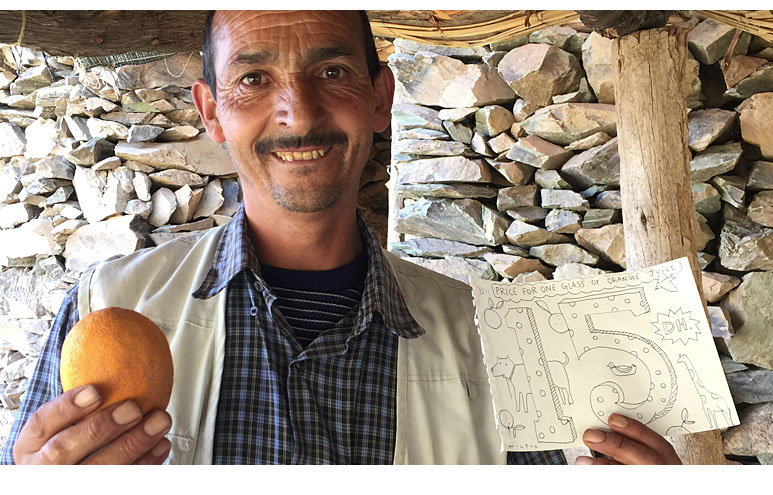 The steep path from the small Moroccan Berber village seemed like it was better designed for the local mountain goats than us. It traversed the dry rocky mountainside, zig sagging up and up all morning long till finally, it found it’s way to the very top. The pass. It was here, high up in the Atlas Mountains of Morocco that the small group of friends I was trekking with found something quite unexpected.
The steep path from the small Moroccan Berber village seemed like it was better designed for the local mountain goats than us. It traversed the dry rocky mountainside, zig sagging up and up all morning long till finally, it found it’s way to the very top. The pass. It was here, high up in the Atlas Mountains of Morocco that the small group of friends I was trekking with found something quite unexpected.
Instead of the usual summit marker made from gathered stones, there was a lean to shack. An open walled bus stop kind of a structure that offered a spot, out of the sun, to rest. This bench looked out over the valley far, far below.
No sooner had we sat ourselves down to rest, when there was a rustling noise and we were welcomed by a small, vibrant elderly man offering us, of all things, a glass of cold, freshly squeezed orange juice. Smiling, he pulled a cloth back from a tiny table. On it was a very old hand press and under the table was a huge sack of Moroccan oranges.
This man had gotten up before the sun rose and carried all these oranges up to this very, very high pass in anticipation of the small handful of people who, like us, just might arrive tired, hot and thirsty.
It was entrepreneurship in the most classical sense. Creating additional value of something – in this case a glass of orange juice, simply by offering it in a circumstance that increases its desirability. It was such a simple, beautiful idea. As I sat drinking my second orange juice, which by the way, was the sweetest glass of orange juice I have ever had, I thought about how this idea of scarcity, the notion that the value of something rises in direct relationship to the availability of that something.
Our art for many of us is that something. It is the single most unique thing that many of us produce. The numbers of works an artist can make in her life is limited. There will only be so many and then there will be no more. It is possible however, that a collector of art or a buyer who is interested in your art might well find something similar to your art. There are, after all, some many similar kinds of work of work out there.
I continued to think about this situation as I began my slow descent down the other side of this mountain pass. This successful orange juice seller is demonstrating an important principle that directly relates to the selling of our art…
Where our art is offered, matters. It is important to place, display our art in a place that enhances its uniqueness. In other words there optimally should be no other similar kinds of art anywhere near yours. For example pay attention to the venue or the gallery that might show your art. It is preferable that yours stands out and that there isn’t any art similar to yours.
Always push your art to be as unique as you are. Continue to pay relentless attention to making your art absolutely your own. Do what you love. It is essential that we leverage the individuality, the uniqueness of you. If your art feels like you, if you love it, it will be utterly unique based solely upon the fact that you already are absolutely one of a kind. If there simply is no other art quite like yours, then the buyer can only satisfy his / her desire with your art. Therefore, the likelihood of a sale is dramatically increased.
I bought that orange juice because there were on other options available to me on that mountain pass, and the alternative was just the same old warm water I had been experiencing all morning. Your art wants to be like that orange juice. Rare and utterly desirable.
How is your art different than any one else’s? This is a great idea to articulate. Go ahead and leave a comment below. It will be not only helpful for you but for other’s as well.
About the picture…this is the picture of the orange juice seller. He explained to us that one of the big problems he was having in his business. Sometimes his customers, who could not understand his broken English, thought he was saying the price of his orange juice was “fifty” dirham (the Moroccan currency) when what he was trying to say was the very similar “fifteen” dirham. And so they would not buy as they thought it was too expensive. I sat down and made him this sign for his stand, which restated the correct price. And this seemed to make him very happy.
The Secret of Inspiration
Hey everyone!
I’m currently in the Atlas Mountains in Morocco, and I wanted to share this little video about the importance of getting out of the studio to find inspiration (HINT: you’ll often find it in the most unexpected of places!)
Watch the video and let me know what you think – where do you find inspiration?
In gratitude, Nicholas
Out On The Edges
I’ve been painting a lot on canvas and noticed that some of the most interesting parts occur on the edges, where I’m working with less control. Taking my hand out of the process and letting the materials be themselves brings in a sense of play and is so refreshing.
Why Your Next Big Thing Will Be Successful
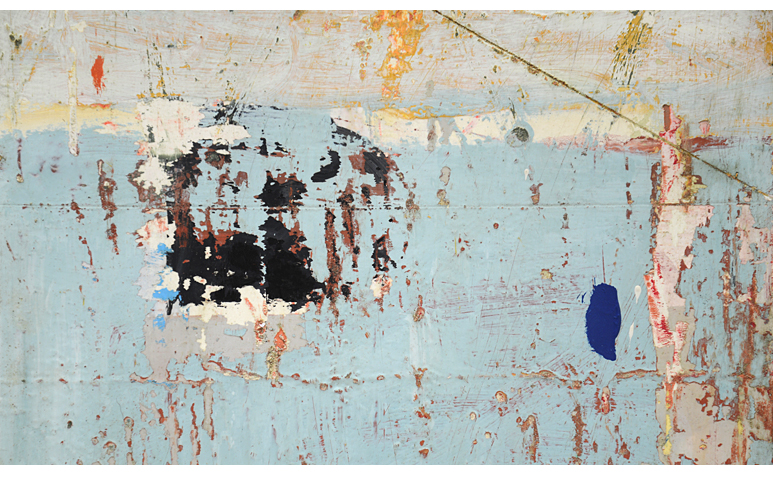 I have been making art my whole life. I spent one summer in Hawaii when I was 18 cooking in a restaurant. Other than that I have never held a job. I have always made art. So I have gotten used to the ups and downs of working for myself. I have had to find ways to learn anything new I wanted to pursue. If I wanted to teach workshops I had to figure out how one goes about this…if I wanted to use oil paint I had to learn this too. When you start adding all the things up a creative might need to know it can feel daunting. Who knew we needed to learn about websites, photography, social media, pricing, galleries, leases on studios and time management? All I wanted to do was make art!
I have been making art my whole life. I spent one summer in Hawaii when I was 18 cooking in a restaurant. Other than that I have never held a job. I have always made art. So I have gotten used to the ups and downs of working for myself. I have had to find ways to learn anything new I wanted to pursue. If I wanted to teach workshops I had to figure out how one goes about this…if I wanted to use oil paint I had to learn this too. When you start adding all the things up a creative might need to know it can feel daunting. Who knew we needed to learn about websites, photography, social media, pricing, galleries, leases on studios and time management? All I wanted to do was make art!
Every time I start something new I am reminded of how challenging it can be. There only is so much energy in the day. Often the thought of taking on any new learning can feel exhausting and inhibit us from beginning. How can I possibly do one more thing if I am already tired?
Well luckily, and this is something I often forget, the starting of something new, an infusion of new learning in your life, provides just the right amount of extra energy you need to succeed.
Here are the three primary sources of energy and where to find them so that you can accomplish that next big thing.
New gives you energy.
There is nothing like starting something new to wake you up. If you are slightly outside your comfort zone then growth is occurring and this is energizing. It might be scary but it is also energizing. This energy boost is used to get you through the beginning phase of starting something new. You merely need to begin.
Small, successful steps
Sometimes a new project or direction can be overwhelming. It can often feel this way when trying to accomplish too much, too soon. It is essential to take small steps and learn to really appreciate incremental learning. If, at the end of the day, you have accomplished one small step then congratulate yourself. Take the energy from the small wins so you may continue to achieve them every day. After so many years of taking on the next big thing, I have finally learned to feel pretty satisfied if in my day I merely “move towards” in any way, my long-term goal. If you can perceive your process of getting there as successful, then more likely than not, you will be.
Tell others what you are doing
When you share with friends or colleagues what you are attempting to do several positive, energizing things happen. Firstly, that person often will have words of encouragement or some insights that might be helpful. Their reaction is often positive because everyone wants to change aspects of their lives or their careers and by your attempt to change yours, offers them inspiration to do the same. You have, in fact, given them something quite valuable and in return they are looking for ways to help you.
The next benefit is really the most important one. By actually speaking out loud what it is that you are trying to accomplish, you are in many ways articulating to yourself the outcome that you desire. From my experience, I see how this clarification of intention has a way of bringing your desired outcome more easily.
I don’t know why this is so, but it is almost as if the universe is listening to those who are willing to speak their dreams and desires clearly. Once heard, people show up, alignments happen and life in general just seems to send help your way.
This mysterious wonderful aspect of life is often buried under the to do lists, and forgotten in the monotony of the day to day. Stepping forward with some degree of faith to try to do something new brings this somewhat elusive, beautiful truth to the forefront again.
And perhaps, for just this fact alone, it might be time to try, today, to start that next big thing.
What is your next new thing and have you begun?
In gratitude, Nicholas
Like What You Like
Just to add a little variation to my process, sometimes I’ll begin a painting by putting down a bunch of different marks, nearly filling the canvas.
Then, I’ll start covering or changing what I don’t like, until only what I do remains. It’s almost like working backwards.
Click the image to see what this looks like in practice, and let me know what you think…do you ever use this method?
In gratitude, Nicholas
5 Ways to Thrive as an Artist
Sometimes being an artist can feel hard, while other times it can feel inspiring and joyful. In trying to keep things more the latter, I try to keep the following five points in mind. All of them are available at anytime and there is no cost involved. I believe they all contribute significantly to building buoyancy, productivity and joy in one’s art practice.
1 Show Yourself
Show yourself. Let people see what you have made. Show your enthusiasm generated by your art. In return you will receive additional energy and illuminating feedback that will help sustain your momentum from those around you.
2 Be Generous
Be useful and helpful to other artists. Do not be concerned with being secretive about your art. No one can make work like yours if you are being authentic.
3 Stay Connected
Your success, energetically, financially and even spiritually is directly connected to those that support and follow your artistic journey. Never lose connection with those that express interest and resonate with what you are doing. Cherish them.
4 Be Discerning
It takes a tremendous amount of life energy and optimism to sustain your creativity. Do not spill any of it on people or situations that you already know are not in alignment with your art or you. Conserve all your energy for situations and people who support what you are doing.
5 Remain Exceptional
Your artwork is a visual expression of your authenticity. To have the courage to listen and show what is within you to the outside world is rare and tremendously brave. Making your art makes you feel more alive but also has the same effect on others. This is why people will desire and, even sometimes, buy your Art. Your art, if it is authentic reminds them of their aliveness. Your art is your gift to the world and you are the only one who will ever be able to create it. It is simply an opportunity of a lifetime.
Keeping these 5 points in mind will help keep your art and you steadily on course. In the end it might not be about arriving at any particular place with your work but more importantly how it felt as you journeyed towards it.
What guides you in your work? How do you keep yourself inspired?
In gratitude, Nicholas
Starting Strong
You can never bring differences into your work too early – they will only make your art better.
Click the image and watch how I improve a piece I just started with a few simple marks.
In gratitude, Nicholas
